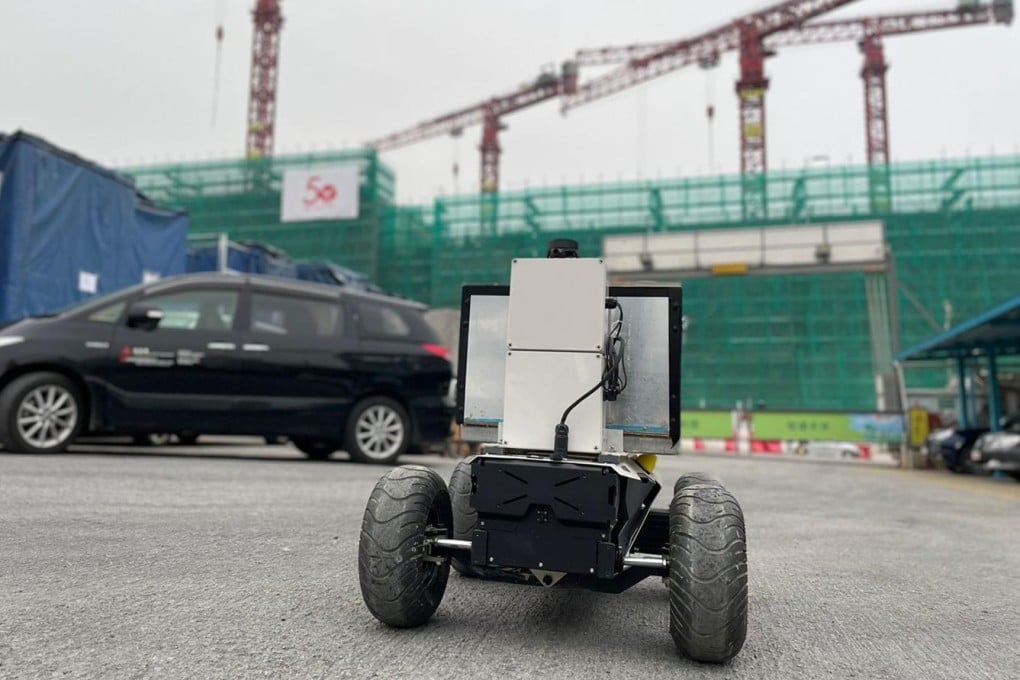Labour-starved Hong Kong construction sites experiment with robots, drones to get work done faster with less manpower
- Ageing construction workforce pushes government architects to test hi-tech methods on worksites
- Robots being used for piling, moving heavy loads, while drones check monuments for defects

Hong Kong government architects are experimenting with robotic technology to cut building time and find ways around a looming labour shortage in the city’s construction industry.
The Architectural Services Department has begun using robots to cut the tops of piles used in foundation work and deliver heavy materials on worksites.
It has also started using drones that fly above and around heritage buildings maintained by the department, to check for defects that need to be repaired.

“Harnessing innovation technology is the trend. If we find more robots or techniques that can be applied in construction work, we would like to adopt them,” department director Winnie Ho Wing-yin said at a recent press briefing.
Piling work involves driving structural beams deep into the ground, and their tops – known as pile heads – are usually trimmed manually with flame and gas, which carry the risk of eye injury and skin irritation for workers.
Since last November, the department has been using a robotic method involving compressed gas and high heat to cut and weld steel piles in mainland China for a project in the New Territories.
It helped shorten construction time by 55 days for a community health centre coming up in Hong Kong’s North district.